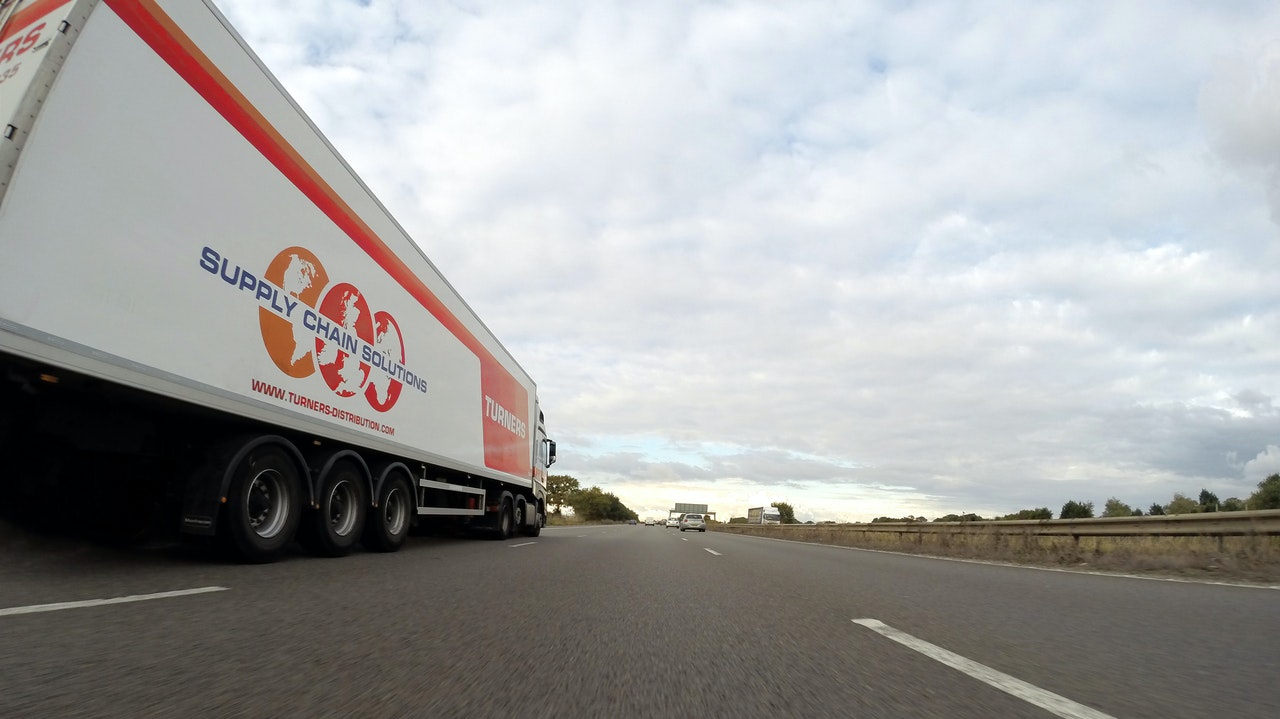Last Updated on: 22nd November 2023, 12:21 pm
It is usual for some products to get damaged from the manufacturer to the retailer during their transportation. One of the retail managers’ essential tasks is to inspect incoming goods for damaged goods before entering inventory. They will subsequently record the product data and arrange to return the damaged goods to the dispatch centre for a refund on their store accounts. Product damage during transport is so typical that some managers order additional products to ensure sufficient inventory is available to satisfy customer demands. However, it usually goes against corporate policies.
Many companies accept product damage as a regular part of their operations during transport. It has become a pre-calculated part of the total business cost (TCOB). However, technology is constantly improving, and transport managers and logistics coordinators will find that they can improve efficiency, cut costs, and make their work considerably easier when reducing product damage.
Choose The Ideal Packaging Type and Size
The wrong type of carton will undermine all of your efforts to reduce the possible damages. Some corrugate won’t up suppose pallets are stacked. For instance, CPG company’s procurement manager has changed packaging suppliers to save money. However, the new boxes were designed to stack only one pallet high and were often double stacked. Before the root cause was identified, thousands of dollars in product damage were incurred.
Be Sure to Include an Effective Containerization Process
Essentially, a container is a package that allows products to be stored and transported with the necessary machines without the risk of crashing because of its robustness and facilitates its handling by carriers.
Distribute the load uniformly on the ground without space and position the centre of gravity within the container accurately. Ensure the containers are clean and free of previous transport residue. Transportation management software solutions regulate the maximum allowable weight of each container.
If necessary, use longitudinal and transverse clogs to avoid empty spaces. Maintain prudential space without loading the doors to prevent the risk of falling goods when the container is opened.
Adopt Appropriate Palletizing Techniques
Standardize package sizes and pairs with the right pallet size and avoid packages outside the pallet boundaries or vacant spaces between items. Use corner posts and stretch film wrap to make sure every handling unit is stationary.
The quantities of wrapping and the proper tension are critical for pallet securing. Put boxes like bricks on top and avoid “pyramids.” For the maintenance of a supply of usable pallets, regular checks and rotations of pallets are necessary. Heavy and bulky products require a reliable strapping solution to secure heavyweights securely.
Load The Trailers Properly
The loading of freight must be adequately planned, accurately documented, and followed to prevent cargo damage. This prevents basic mistakes such as double stacking boards or pallets not being stacked.
It is also essential that the cargo is evenly distributed in the trailer when lighter products are stacked on the heavier freight. Dry goods should be loaded onto liquid commodities because they leak onto the trailer deck and not onto dry products if liquids run out.
Avoid Extra-Handling and Reduce Workforce Through Suitable Labelling
Labels assist shippers in deciding during the transportation process. A label should show the contents ability to resist extra weight. Include the weight the box or shipment can resist before being crushed and the fragile content signal. Each pallet is appropriately labelled with concise and obvious information that is easy to identify and damage-free.
Use Suitable Material Handling Equipment
Use equipment that fits the situation well: this will boost speed and efficiency and significantly prevent product damage and accidents. Ensure that your material handling equipment like cranes, strapping machines, etc., are in good working condition.
Improve Your Product Handling Practices
Poor judgment, work ethics, lack of training, and a pressurized environment for producing more are some causes for employees to mishandle packages and damage the products. Employees must be sufficiently trained in the safe operation of equipment at work, such as forklift operators while picking up heavy goods, should grasp the weight constraints. Keep your employees trained with a robust training strategy to guarantee optimal production, minimal accidents, and damage to products.
Switch to A 3PL
If your company ships LTL cargo, the packaging is much more crucial. This is because LTL shipments are more frequently handled and loaded or unloaded from hub to hub than a conventional transaction with full loads from A to B.
A true partnership with a 3PL should help you make your shipping experience as easy and carefree as possible. This involves assessing and providing sound advice on improving for minor damage, making better use of space, and ensuring it is perfect for the carriers to ensure that your rates do not increase owing to ‘bad freight.’
Final Words
Freight damage prevention is an essential part of your supply chain. Closely working with all parties involved in your logistics is essential for ensuring your product is on time and budget, helping your company expand, and providing more extraordinary service and customer happiness.




